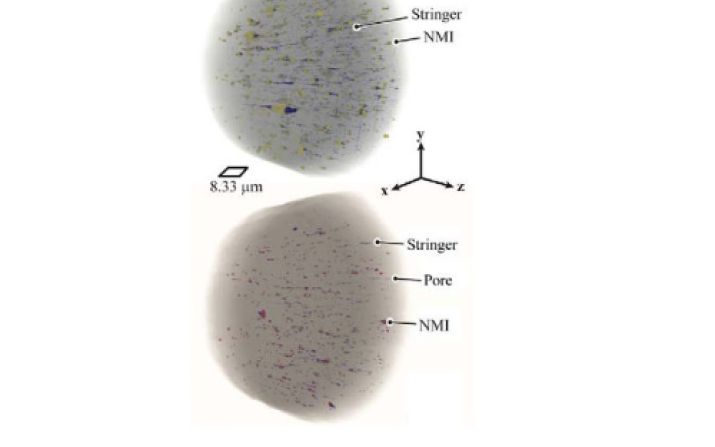
Lewandowski, Gbur research featured in Microscopy Today

The January 2021 issue of Microscopy Today featured a research paper from Professor John Lewandowski and Research Associate Janet Gbur.
Gbur and Lewandowski wrote their paper, “Plasma Focused Ion Beam Serial Sectioning as a Technique to Characterize Nonmetallic Inclusions in Superelastic Nitinol Fine Wires,” with Ronald Kelley, an applications scientist at Thermo Fisher Scientific. According to Microscopy Today editor-in-chief Bob Price, "In an effort to increase the exposure of key Microscopy and Microanalysis papers we select three papers from each issue and publish a summary in Microscopy Today, which has a worldwide circulation of approximately 20,000 subscribers and through our collaboration with Cambridge University Press reaches over 8000 libraries."
Gbur met Kelley at the 2015 Microscopy and Microanalysis conference held in Portland, Ore., which she attended as a Student Bursar. Gbur’s goal was to learn about the suite of analysis techniques that could benefit her PhD dissertation at CWRU, but the conference benefited her career in more ways than one. “I was able to connect with microscopy specialists and vendors that were interested in the work I wanted to do,” said Gbur. “Ultimately, the networking from that conference led to the collaboration in this paper with Ron Kelley and also access to the Center for Advanced Microscopy and Materials Analysis (CAMMA) facilities at the University of Connecticut with Roger Ristau.” Her interest in microscopy is fueled by her curiosity about materials failure at the microscale. “Knowing what drives the failures microstructurally can aid in future processing decisions that can be used to optimize the material for a given application.”
The paper highlights some work that had not yet been done in the particular material system and specimen geometry. Since Nitinol wires are usually small in diameter for biomedical applications, characterizing failure contributions is important, and applying standard metallographic practices is more difficult due to specimen geometry. “The approach discussed in the paper, plasma focused ion beam (PFIB) serial sectioning, provided a new tool to better characterize the population of inclusions in the material,” said Gbur. She hopes that characterization of inclusions with this technique will help other researchers with developing models of fatigue behavior. Through the years, students in EMSE 125 and EMSE 325 have been investigating fatigue behavior in the Advanced Manufacturing and Mechanical Reliability Center.
